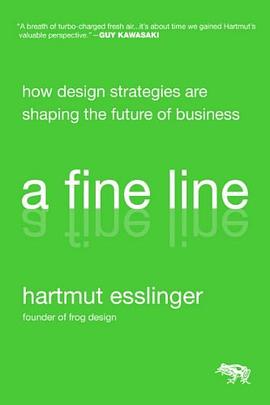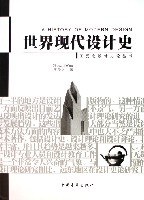A Fine Line 豆瓣
作者:
Hartmut Esslinger
Jossey-Bass
2009
- 6
praise for a fine line "A breath of turbo-charged fresh air that doesn't regurgitate the ego-maniac CEO's selective memory or an outside expert's misinterpretations. Hartmut explains innovation through the lens of design, and it's about time we gained his valuable perspective." --Guy Kawasaki, former chief evangelist, Apple and co-founder of Alltop.com "At Flextronics, we fell in love with Hartmut and frog, and their passion for bringing crazy great designs and design processes into the forefront of great product companies. We used their expertise to help our customers, many of the greatest product companies in the world, including Apple, HP, Cisco, Microsoft and others. It is a credit to Hartmut that in the midst of a shocking global recession, frog still sets quarterly revenue records. Theirs is a unique and fascinating story." --Michael Marks, partner, Riverwood Capital LLC and former CEO, Flextronics "Hartmut's new approach to design is felt in every room in every house in every country and in every business around the world. He proved that thoughtful design is not only good for people but is good for business--and that both are interlinked. I have been fortunate to have observed first hand his impact at Sony, Apple, and HP?and have learned so much from him. He is an unsung hero of our times A Fine Line is a must-read for designers and business people alike." --Satjiv Chahil, senior vice president, Hewlett-Packard "A fascinating, breathtaking, and exemplary insight into a success story that never had so much topicality, and so much informative potential as just now. Esslinger offers an honest and encouraging portrait of the incredible power of the business and design alliance. A Fine Line is a handbook of design expertise and the art of business at its best, showing a variety of radical solutions and fresh new ideas." --Professor Dr Peter Zec, president, ICSID and founder, red dot awards


